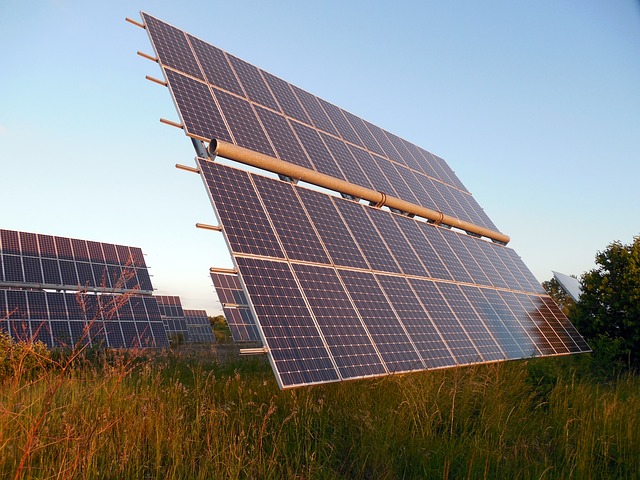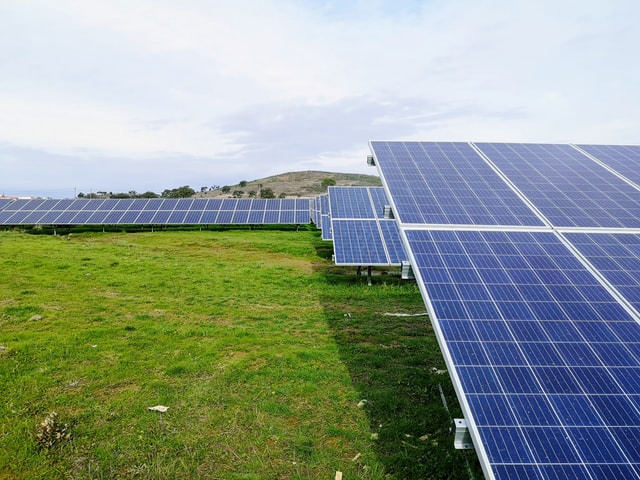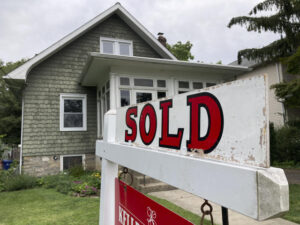Order to Reduce Energy Bills

Older residences are much loved for their character as well as originality. Yet hiding behind those lovely and also distinctive dormer home windows, hardwood floors, brick walls, and functional chimneys are a host of issues that can make older houses specifically prone to power inadequacies. Every leak as well as split not just results in higher energy bills, however, they can possibly even present health and safety risks.
Troubles in older houses need to be attended to ensure that money is not – essentially – leaking gone. The crucial to enhancing energy performance is to recognize the weaknesses and execute services. Some of these solutions may be basic, while others require an expert interest in order to reduce energy costs, ensure your family members’ comfort and shield the value of your home.
Right here are one of the most common warning issues that can indicate an older residence has power inadequacies:
1. Drafts
Ineffective single-pane home windows, uncomfortable doors as well as various other spaces may represent over 25% of heating and cooling down power costs in an older home.
Maintaining doors and windows secured whenever feasible will make sure a tighter seal against the chilly air. Also maintaining drapes and drapes drawn can avoid some warmth from getting away.
Nonetheless, to properly improve the power performance caused by drafts, you will initially need to identify all the spaces as well as cracks. Examine windows and doors to see if they seal snugly, and also inspect to see if latches, as well as locks, are still operable. Where voids are visible on structures, weather stripping can be used. Caulking around casings and glass panes might additionally be changed.
Weatherstripping as well as caulking can sometimes work as momentary options, yet they are still just papering over the splits. In order to attain considerable financial savings as well as long-term remedies, substitutes should be thought about. Warm loss with inefficient single-pane windows can be lowered by over 25% with storm windows, and also there can be also higher decreases with special high-efficiency units.
There are numerous other resources of potential cool infiltration and heat loss in older houses. Gaps bordering permanently installed air-conditioning and also various other energy devices as well as vents are all possible energy-loss traps.
Regrettably, many drafts can be challenging to detect due to the fact that they can be the result of concealed troubles … mostly, poor insulation.
2. Poor Insulation
Poor insulation can be the scourge of older residents. Because hot air surges, energy can conveniently escape through the roofing system – which is where the majority of warm loss in an energy-inefficient residence will likely be taking place. If you see that snow melts rapidly on your roofing, it is due to the fact that too much quantity of warmth is escaping with it. Similarly, great air will be lost in the summertime.
An improperly protected attic is the most likely source of power loss with the roofing. But knee walls, eaves and also crawl spaces, cellar walls, ceilings, and also the locations around recessed illumination components are all potential perpetrators. These are hard-to-reach areas, and also an expert is for that reason required to detect where insulation is under-performing.

A Building Performance Institute (BPI)- certified inspector can identify where insulation is falling short by carrying out a “blower door” test. By a sophisticated as well as scientific method of producing an artificially windy day, this test can determine temperature level differences inside wall surfaces, attic rooms, ceilings as well as any other trouble spots where leaks may be happening.
Once the problems have been located, power loss can potentially be cut in half with the installment of correct insulation. This is particularly real if a residence was constructed greater than 25 years ago prior to energy-efficient building regulations being presented. Visit Business Upturn where you will find lots of great information and practical advice about energy use.
3. Condensation and Ventilation
Black mold and mildew are one of the most common indications of condensation. If existing, it will probably be visible in the corners of windowsills. Mold and mildew are not only unattractive, yet it is a prospective health hazards – especially for those susceptible to allergic reactions or breathing troubles.



